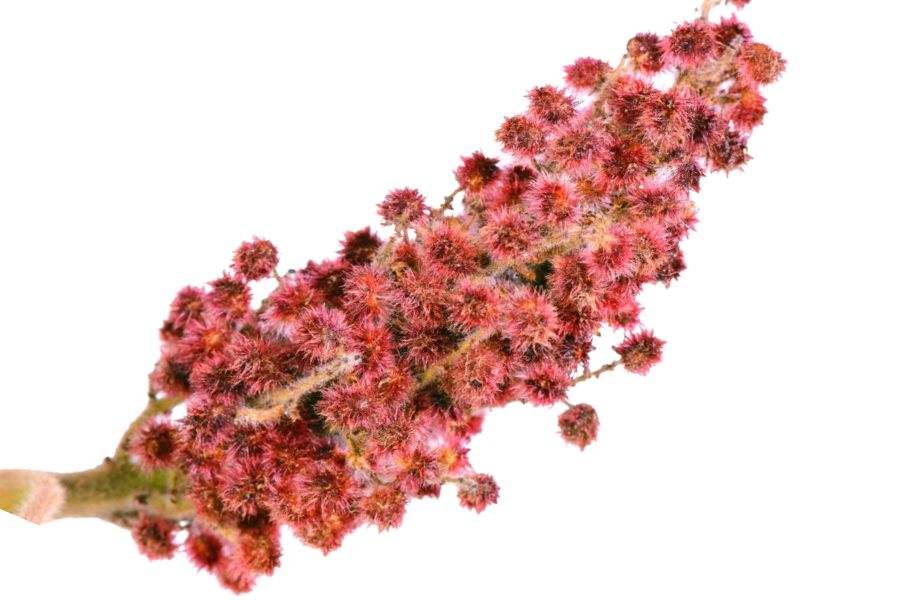Virginia’s forests, meadows, and mountains hold amazing treasures waiting for curious explorers. Wild edibles grow throughout our state in every season. From juicy berries to flavorful mushrooms, nature offers plenty of free food for those who know where to look.
Spring brings tender wild asparagus and ramps peeking through the forest floor. Summer fills the landscape with berries along sunny trails. Fall rewards foragers with chestnuts, walnuts, and medicinal herbs across the Commonwealth.
Foraging connects us to Virginia’s natural history and native foods. Indigenous peoples gathered these same plants for thousands of years before us. This traditional knowledge continues today as modern foragers rediscover these valuable wild foods.
The mountains near Shenandoah offer different treasures than coastal areas near Virginia Beach. Each region has unique soil and growing conditions for special plants. Your own neighborhood probably contains edible plants you walk past every day without noticing.
What We Cover In This Article:
- What Makes Foreageables Valuable
- Foraging Mistakes That Cost You Big Bucks
- The Most Valuable Forageables in the State
- Where to Find Valuable Forageables in the State
- When to Forage for Maximum Value
- The extensive local experience and understanding of our team
- Input from multiple local foragers and foraging groups
- The accessibility of the various locations
- Safety and potential hazards when collecting
- Private and public locations
- A desire to include locations for both experienced foragers and those who are just starting out
Using these weights we think we’ve put together the best list out there for just about any forager to be successful!
A Quick Reminder
Before we get into the specifics about where and how to find these plants and mushrooms, we want to be clear that before ingesting any wild plant or mushroom, it should be identified with 100% certainty as edible by someone qualified and experienced in mushroom and plant identification, such as a professional mycologist or an expert forager. Misidentification can lead to serious illness or death.
All plants and mushrooms have the potential to cause severe adverse reactions in certain individuals, even death. If you are consuming wild foragables, it is crucial to cook them thoroughly and properly and only eat a small portion to test for personal tolerance. Some people may have allergies or sensitivities to specific mushrooms and plants, even if they are considered safe for others.
The information provided in this article is for general informational and educational purposes only. Foraging involves inherent risks.
What Makes Foreageables Valuable
Some wild plants, mushrooms, and natural ingredients can be surprisingly valuable. Whether you’re selling them or using them at home, their worth often comes down to a few key things:
The Scarcer the Plant, the Higher the Demand
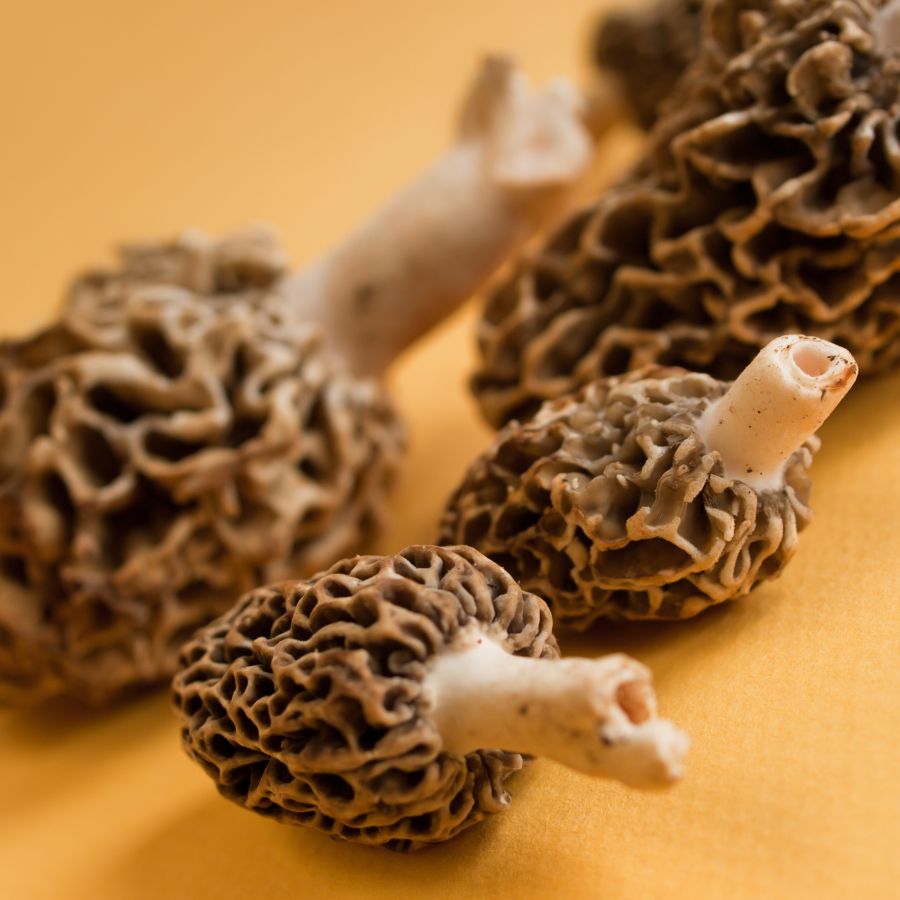
Some valuable forageables only show up for a short time each year, grow in hard-to-reach areas, or are very difficult to cultivate. That kind of rarity makes them harder to find and more expensive to buy.
Morels, truffles, and ramps are all good examples of this. They’re popular, but limited access and short growing seasons mean people are often willing to pay more.
A good seasonal foods guide can help you keep track of when high-value items appear.
High-End Dishes Boost the Value of Ingredients
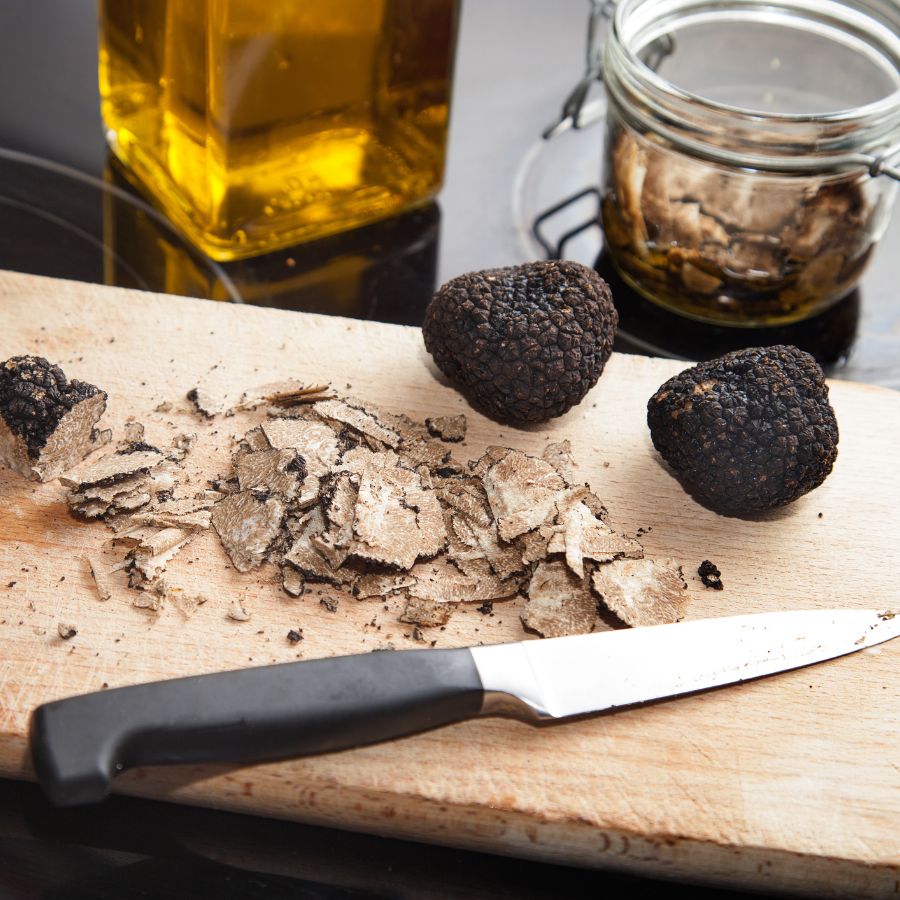
Wild ingredients that are hard to find in stores often catch the attention of chefs and home cooks. When something unique adds flavor or flair to a dish, it quickly becomes more valuable.
Truffles, wild leeks, and edible flowers are prized for how they taste and look on a plate. As more people try to include them in special meals, the demand—and the price—tends to rise.
You’ll find many of these among easy-to-identify wild mushrooms or herbs featured in fine dining.
Medicinal and Practical Uses Drive Forageable Prices Up
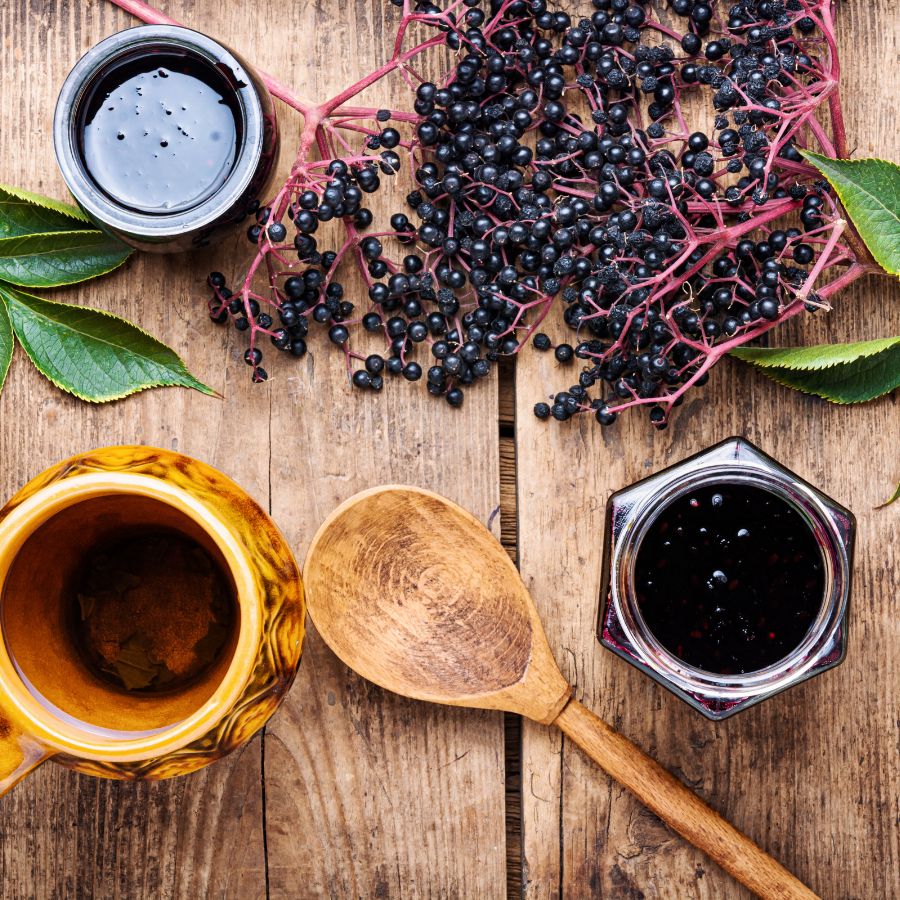
Plants like ginseng, goldenseal, and elderberries are often used in teas, tinctures, and home remedies. Their value comes from how they support wellness and are used repeatedly over time.
These plants are not just ingredients for cooking. Because people turn to them for ongoing use, the demand stays steady and the price stays high.
The More Work It Takes to Harvest, the More It’s Worth
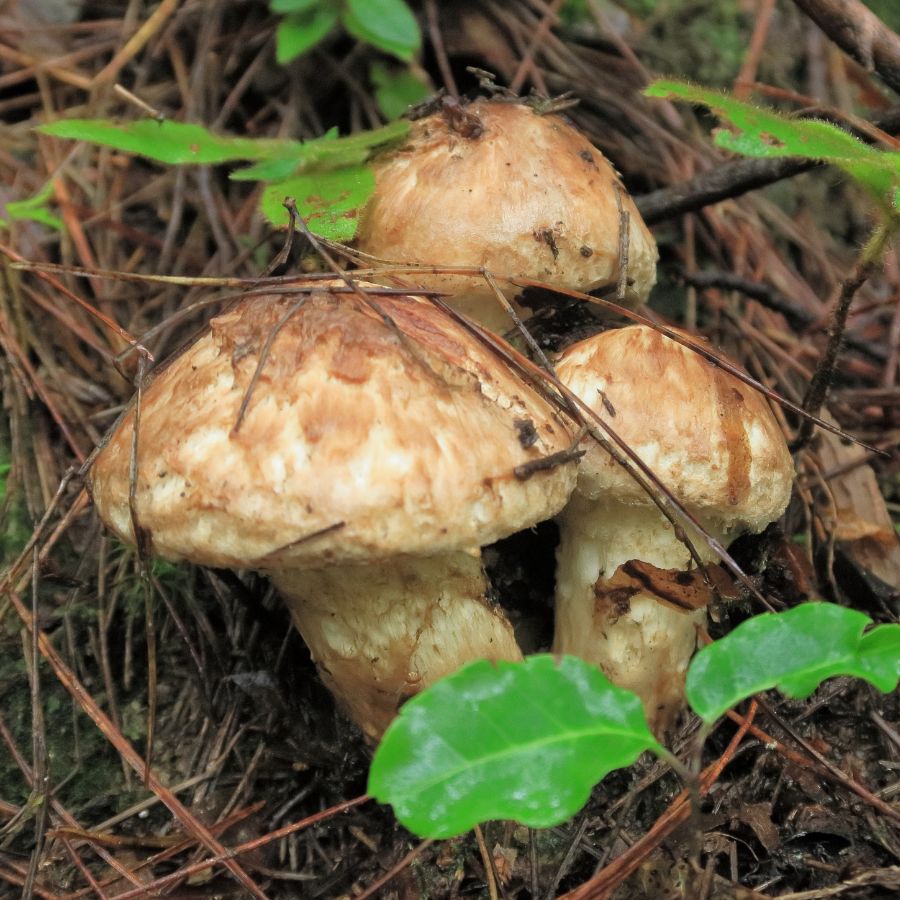
Forageables that are hard to reach or tricky to harvest often end up being more valuable. Some grow in dense forests, need careful digging, or have to be cleaned and prepared before use.
Matsutake mushrooms are a good example, because they grow in specific forest conditions and are hard to spot under layers of leaf litter. Wild ginger and black walnuts, meanwhile, both require extra steps for cleaning and preparation before they can be used or sold.
All of that takes time, effort, and experience. When something takes real work to gather safely, buyers are usually willing to pay more for it.
Foods That Keep Well Are More Valuable to Buyers
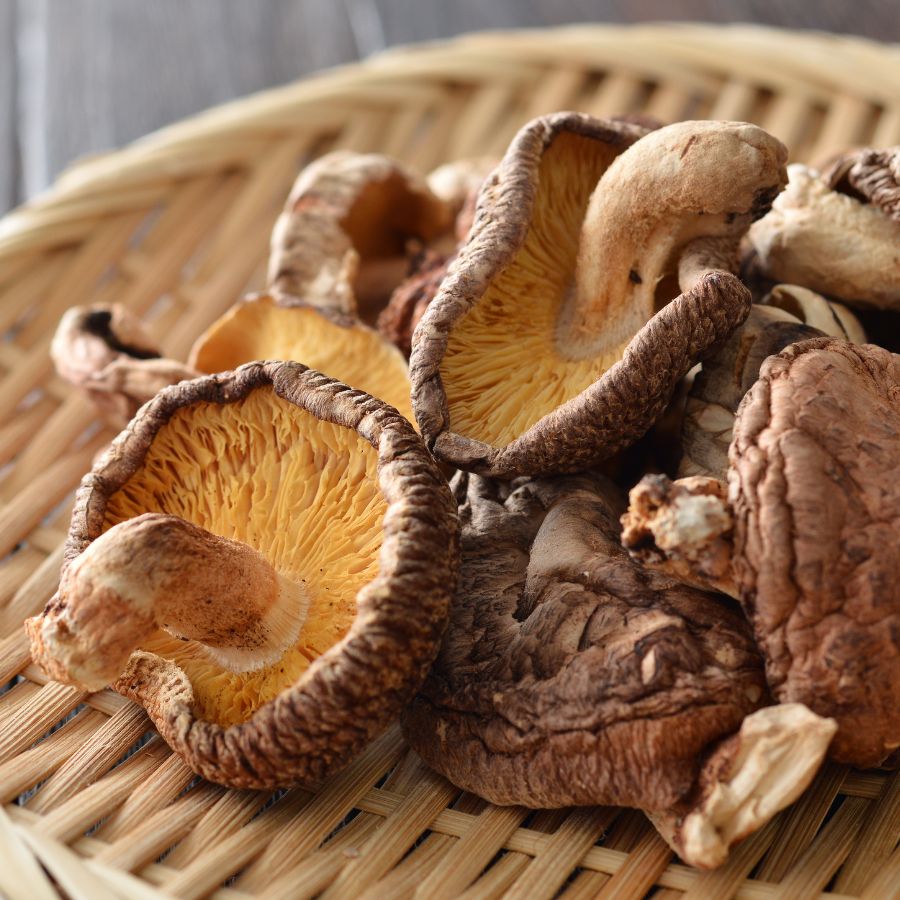
Some forageables, like dried morels or elderberries, can be stored for months without losing their value. These longer-lasting items are easier to sell and often bring in more money over time.
Others, like wild greens or edible flowers, have a short shelf life and need to be used quickly. Many easy-to-identify wild greens and herbs are best when fresh, but can be dried or preserved to extend their usefulness.
A Quick Reminder
Before we get into the specifics about where and how to find these mushrooms, we want to be clear that before ingesting any wild mushroom, it should be identified with 100% certainty as edible by someone qualified and experienced in mushroom identification, such as a professional mycologist or an expert forager. Misidentification of mushrooms can lead to serious illness or death.
All mushrooms have the potential to cause severe adverse reactions in certain individuals, even death. If you are consuming mushrooms, it is crucial to cook them thoroughly and properly and only eat a small portion to test for personal tolerance. Some people may have allergies or sensitivities to specific mushrooms, even if they are considered safe for others.
The information provided in this article is for general informational and educational purposes only. Foraging for wild mushrooms involves inherent risks.
Foraging Mistakes That Cost You Big Bucks
When you’re foraging for high-value plants, mushrooms, or other wild ingredients, every decision matters. Whether you’re selling at a farmers market or stocking your own pantry, simple mistakes can make your harvest less valuable or even completely worthless.
Harvesting at the Wrong Time
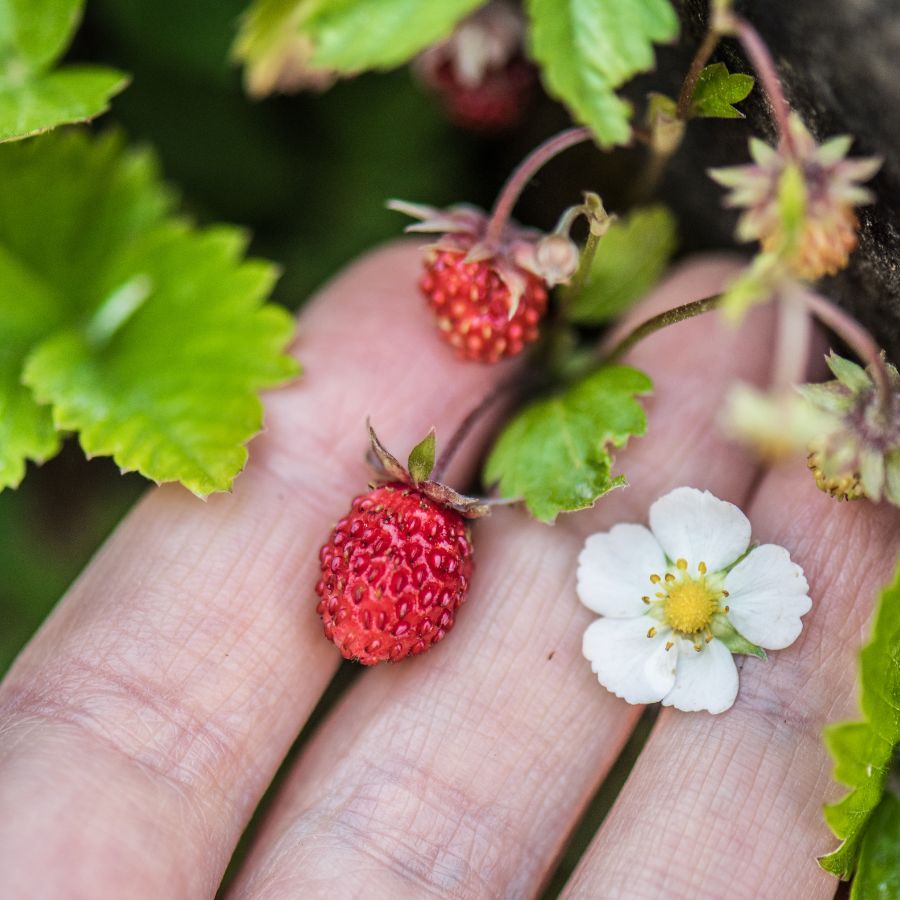
Harvesting at the wrong time can turn a valuable find into something no one wants. Plants and mushrooms have a short window when they’re at their best, and missing it means losing quality.
Morels, for example, shrink and dry out quickly once they mature, which lowers their weight and price. Overripe berries bruise in the basket and spoil fast, making them hard to store or sell.
Improper Handling After Harvest
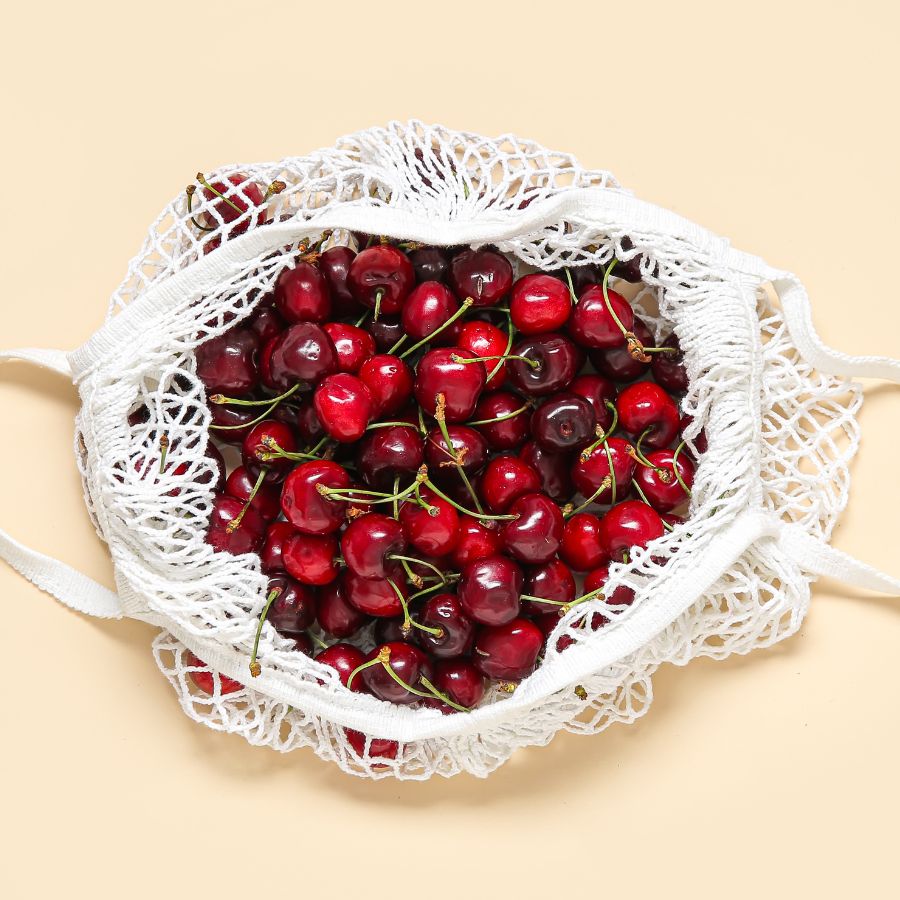
Rough handling can ruin even the most valuable forageables. Crushed mushrooms, wilted greens, and dirty roots lose both their appeal and their price.
Use baskets or mesh bags to keep things from getting smashed and let air circulate. Keeping everything cool and clean helps your harvest stay fresh and look better for longer.
This is especially important for delicate items like wild roots and tubers that need to stay clean and intact.
Skipping Processing Steps
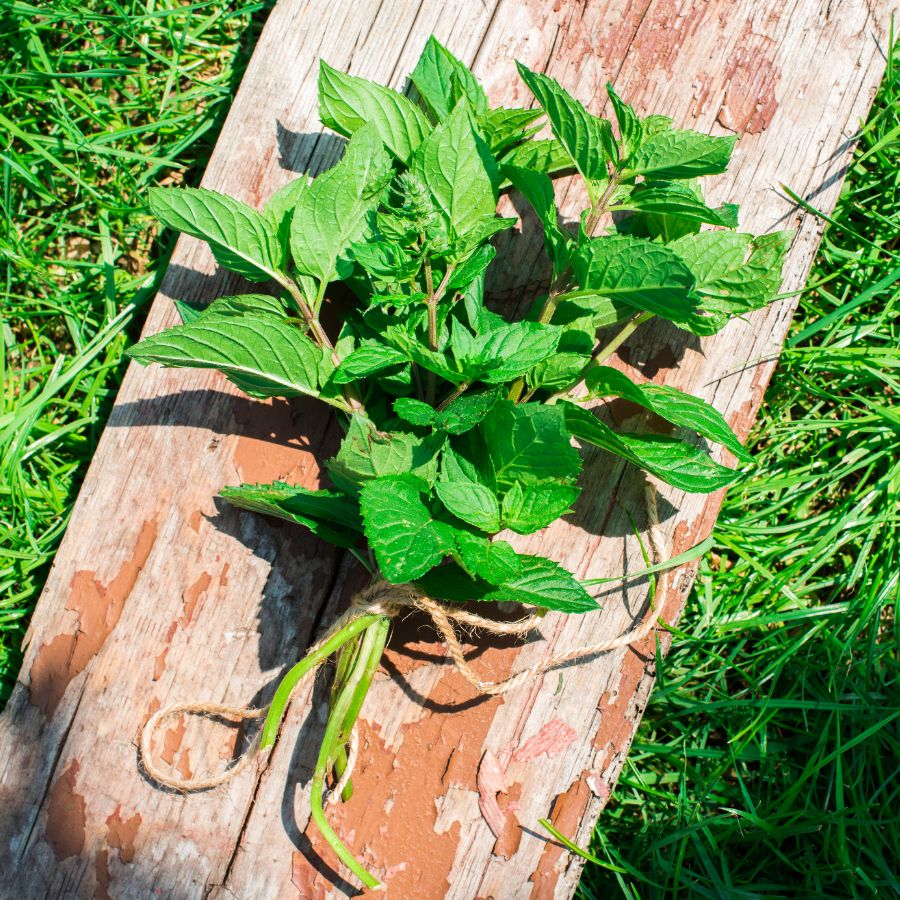
Skipping basic processing steps can cost you money. A raw harvest may look messy, spoil faster, or be harder to use.
For example, chaga is much more valuable when dried and cut properly. Herbs like wild mint or nettle often sell better when bundled neatly or partially dried. If you skip these steps, you may end up with something that looks unappealing or spoils quickly.
Collecting from the Wrong Area
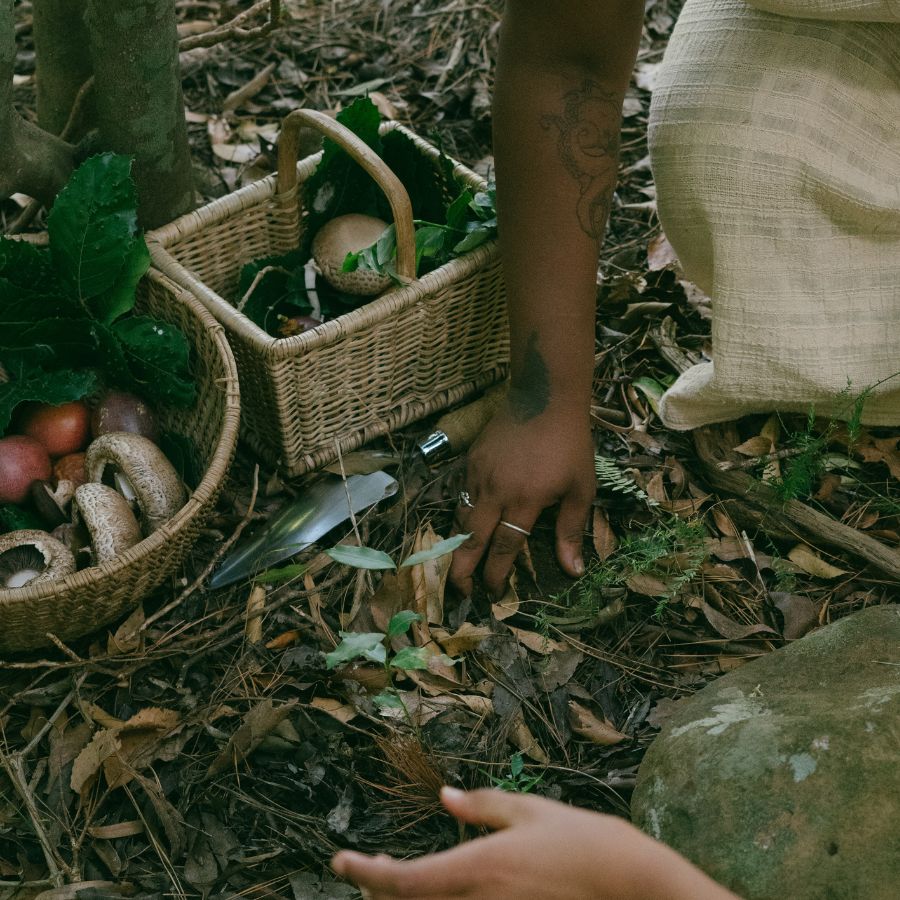
Harvesting in the wrong place can ruin a good find. Plants and mushrooms pulled from roadsides or polluted ground may be unsafe, no matter how fresh they look.
Buyers want to know their food comes from clean, responsible sources. If a spot is known for overharvesting or damage, it can make the whole batch less appealing.
These suburbia foraging tips can help you find overlooked spots that are surprisingly safe and productive.
Not Knowing the Market
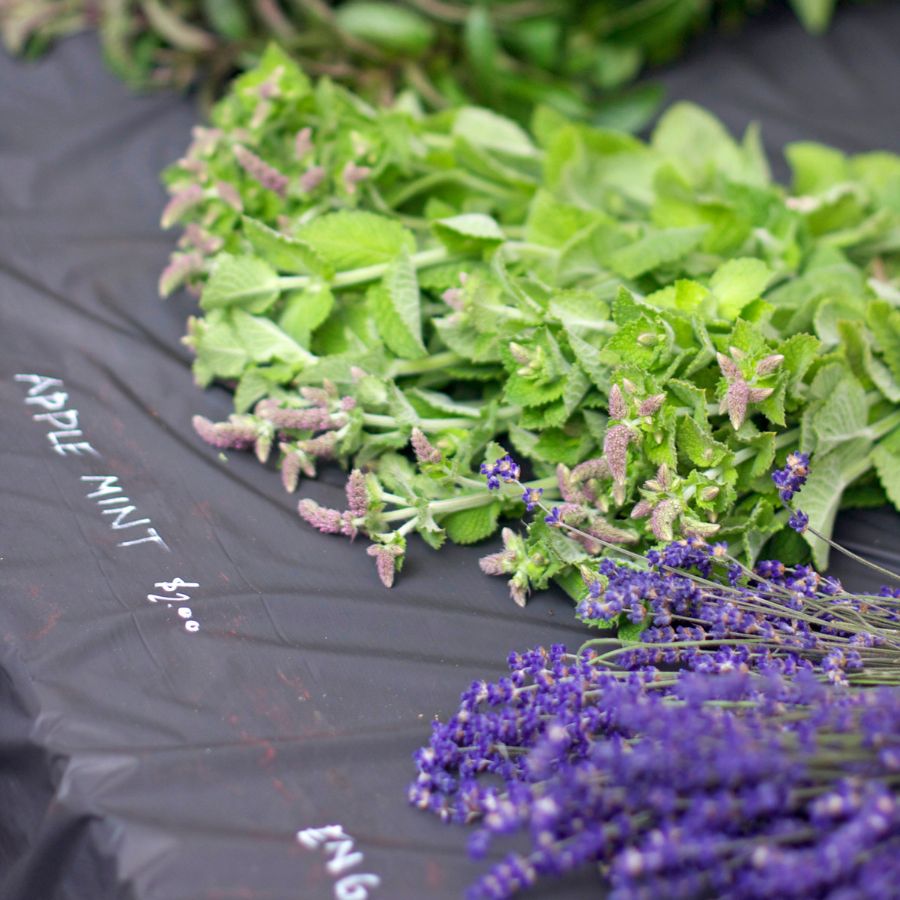
A rare plant isn’t valuable if nobody wants to buy it. If you gather in-demand species like wild ramps or black trumpets, you’re more likely to make a profit. Pay attention to what chefs, herbalists, or vendors are actually looking for.
Foraging with no plan leads to wasted effort and unsold stock. Keeping up with demand helps you bring home a profit instead of a pile of leftovers.
You can also brush up on foraging for survival strategies to identify the most versatile and useful wild foods.
Before you head out
Before embarking on any foraging activities, it is essential to understand and follow local laws and guidelines. Always confirm that you have permission to access any land and obtain permission from landowners if you are foraging on private property. Trespassing or foraging without permission is illegal and disrespectful.
For public lands, familiarize yourself with the foraging regulations, as some areas may restrict or prohibit the collection of mushrooms or other wild foods. These regulations and laws are frequently changing so always verify them before heading out to hunt. What we have listed below may be out of date and inaccurate as a result.
The Most Valuable Forageables in the State
Some of the most sought-after wild plants and fungi here can be surprisingly valuable. Whether you’re foraging for profit or personal use, these are the ones worth paying attention to:
Black Trumpet Mushroom (Craterellus fallax)
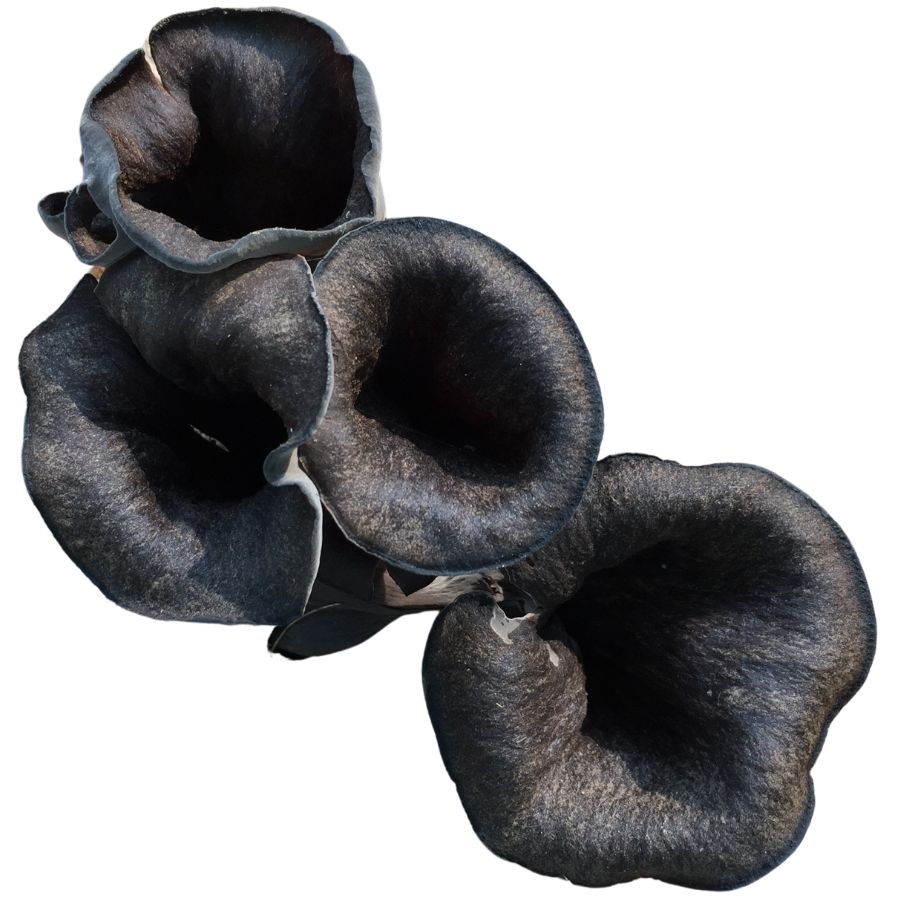
Dark, trumpet-shaped fungi with thin, velvety flesh grow scattered across forest floors, blending perfectly with fallen leaves. Their hollow interior and smoky aroma give way to an earthy, truffle-like flavor when cooked. Black trumpets have no true gills, and their entire funnel-shaped body is edible.
The biggest challenge in harvesting these mushrooms is simply finding them due to their exceptional camouflage against forest debris. They’re often found in groups, so spotting one usually means more are nearby.
Chefs prize black trumpets for enhancing sauces and egg dishes. Their value stems from their inability to be commercially cultivated, making wild-harvested specimens the only option for those seeking their unique flavor profile.
Golden Chanterelle (Cantharellus cibarius)

Golden chanterelles shine like treasures on the forest floor with their bright yellow to orange caps and distinctive funnel shape. These meaty mushrooms feature wrinkled ridges rather than true gills underneath their caps, with a fruity aroma reminiscent of apricots.
Beware of the toxic jack-o-lantern mushroom with its true gills and tendency to grow on wood instead of soil. True chanterelles grow directly from the ground, never on dead trees or stumps.
Cleaning chanterelles requires gentle brushing rather than soaking, which preserves their distinctive flavor.
Their remarkable ability to maintain texture when cooked has made them favorites among professional chefs and home cooks alike. High-end restaurants pay premium prices for these wild mushrooms, especially since commercial cultivation remains impossible.
Maitake (Grifola frondosa)
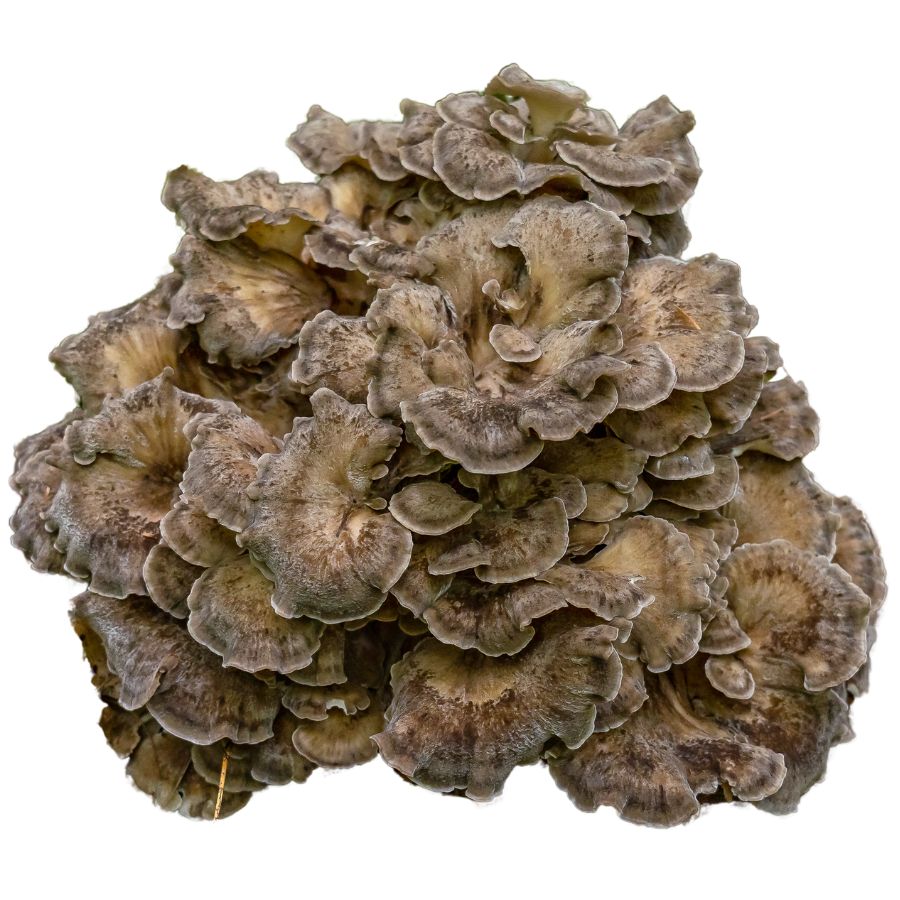
Maitake forms impressive clusters of grayish-brown, overlapping caps that can reach massive sizes. The caps have a firm texture with white undersides and mild, earthy flavor that intensifies when cooked. Even novice foragers can identify this mushroom confidently, as it has few dangerous lookalikes.
Only the tender outer caps are worth harvesting, as the inner core becomes increasingly tough toward the base. Beyond culinary uses, maitake contains beta-glucans that research suggests may help regulate blood sugar and support immune function.
This mushroom stores exceptionally well; it can be dried, frozen after sautéing, or refrigerated for days. A single large specimen can provide pounds of edible material, making it particularly rewarding for foragers.
Morel Mushroom (Morchella spp.)
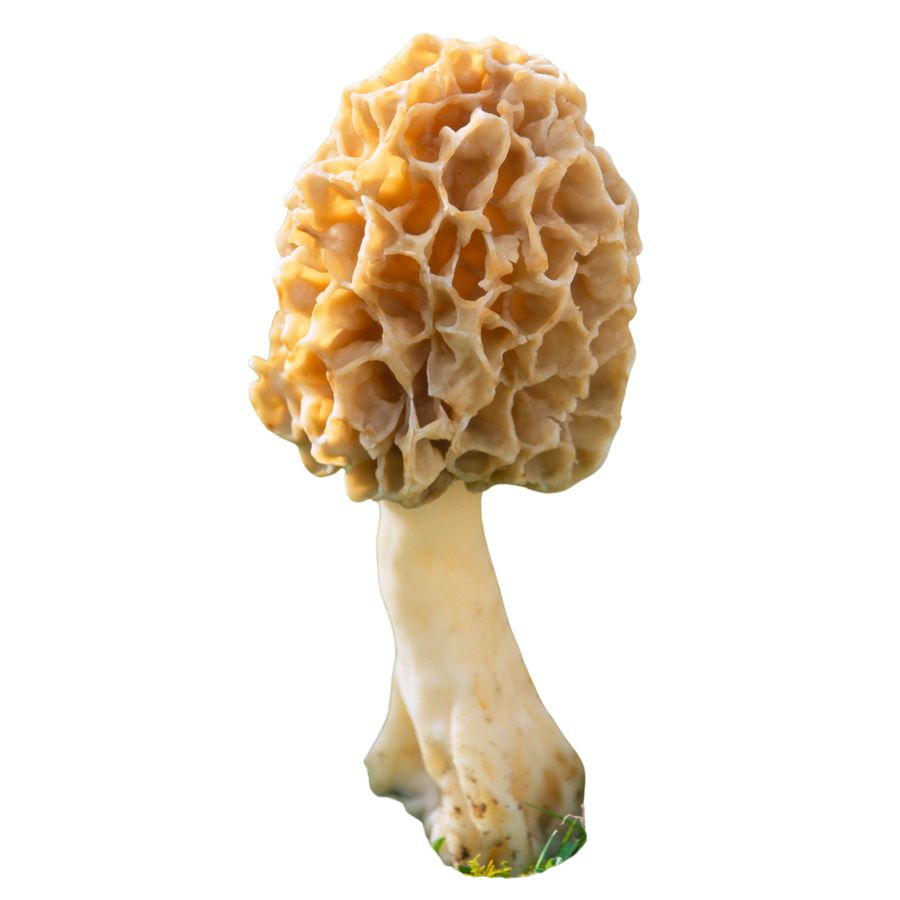
Prized by chefs worldwide, morels appear briefly in spring, their honeycomb-patterned caps making them instantly recognizable. When sliced lengthwise, true morels reveal a completely hollow interior from the cap through the stem, a key identification feature.
Always cook morels thoroughly before eating to destroy the hydrazine toxins they contain when raw. The false morel, the most dangerous lookalike, has a wrinkled rather than pitted cap and a cottony-filled interior.
Morels thrive in disturbed ground, particularly after forest fires or in old apple orchards. Their inability to be commercially cultivated at scale creates tremendous market value, with fresh specimens commanding $30-60 per pound during their brief seasonal appearance.
Wild Ramp (Allium tricoccum)
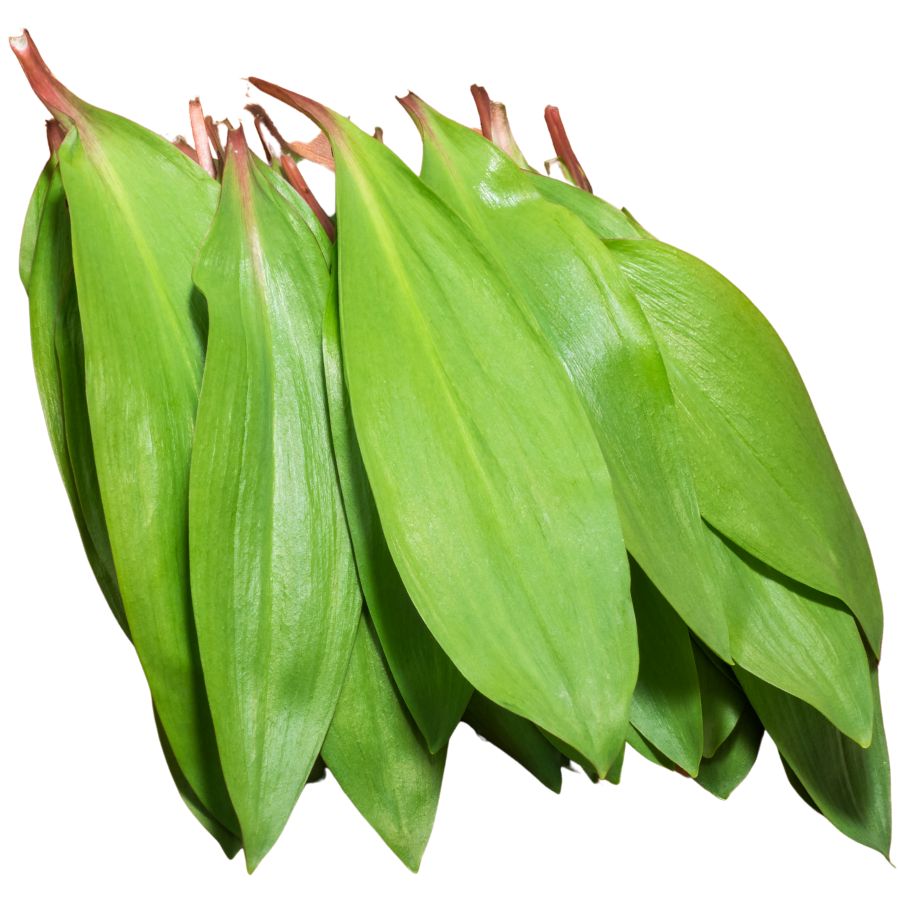
Wild ramps fill the air with pungent garlic-onion aroma when their broad, smooth leaves are crushed. These forest floor natives grow in dense patches across eastern North American hardwood forests, with each plant featuring two to three leaves above a white bulb with reddish stems.
The entire plant is edible, though sustainable harvesting means taking only one leaf per plant. Look-alikes include the toxic lily of the valley, which lacks the distinctive onion smell and has bell-shaped flowers.
Chefs pay premium prices for these fleeting spring vegetables because of their unique flavor and extremely short availability window. Home cooks preserve them by freezing, pickling, or making compound butters to extend their enjoyment throughout the year.
Pawpaw (Asimina triloba)
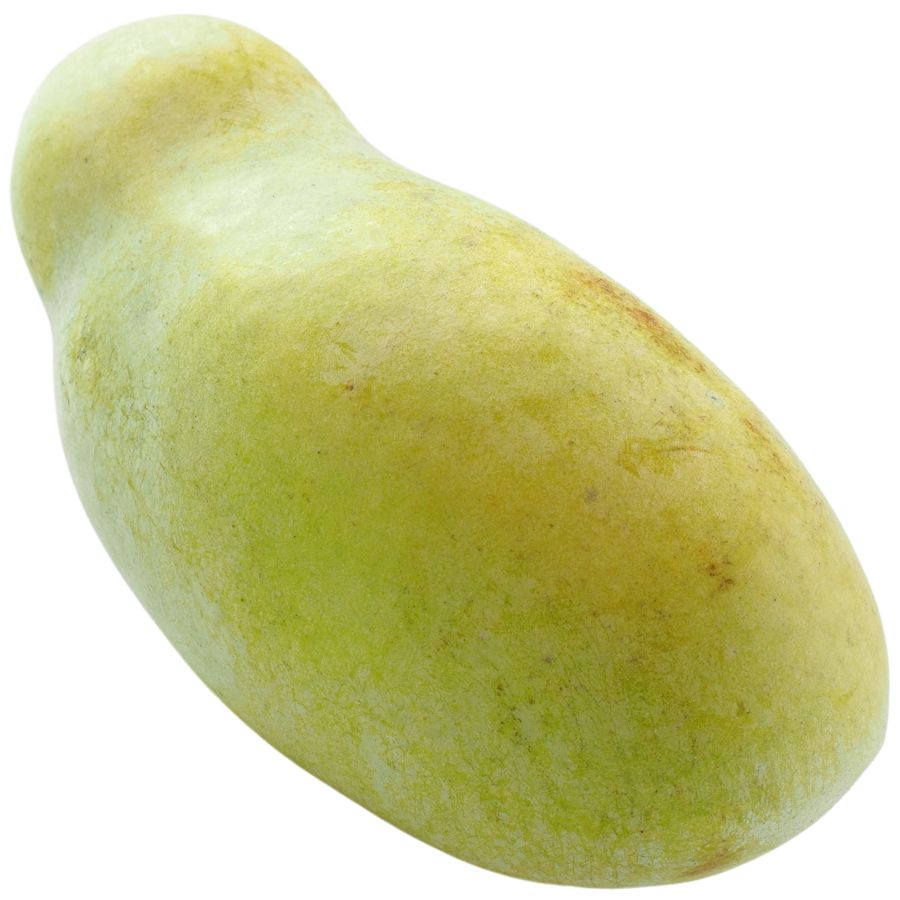
Custard-like texture and tropical flavors of banana, mango, and vanilla make pawpaw North America’s most surprising native fruit. These understory trees produce clusters of green, kidney-shaped fruits that turn yellowish-black when ripe and contain large, dark seeds surrounded by creamy flesh.
Only the soft interior pulp is edible, while the skin and seeds should be discarded. When perfectly ripe, the fruit yields easily to gentle pressure and emits a sweet fragrance.
Their value comes from their extremely short shelf life making commercial distribution nearly impossible. Health-conscious foragers prize pawpaws for their high protein content, antioxidants, and essential minerals rarely found in other fruits.
American Hazelnut (Corylus americana)
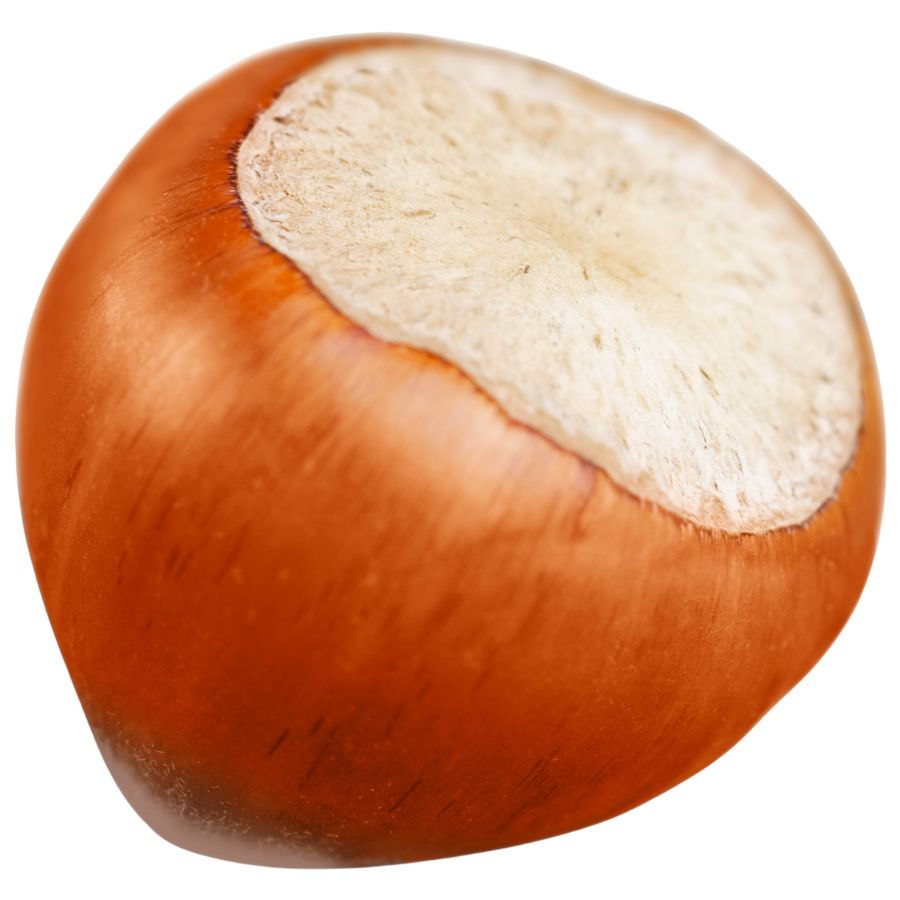
American hazelnuts feature distinctive serrated, heart-shaped leaves and produce small, round nuts that drop to the ground when fully mature. These native shrubs, which grow in thickets along forest edges, bear sweet nuts concealed in bristly, decorative husks.
Harvesting requires beating the competition from squirrels and birds, who eagerly seek these nutritional powerhouses. The husks have fine hairs that may irritate skin temporarily during collection.
Wild hazelnuts contain healthy fats, protein, vitamin E, and manganese, making them nutritionally superior to many commercial nuts. Their natural habitat has diminished due to development, making productive wild patches increasingly rare and sought-after by dedicated foragers.
Black Walnut (Juglans nigra)
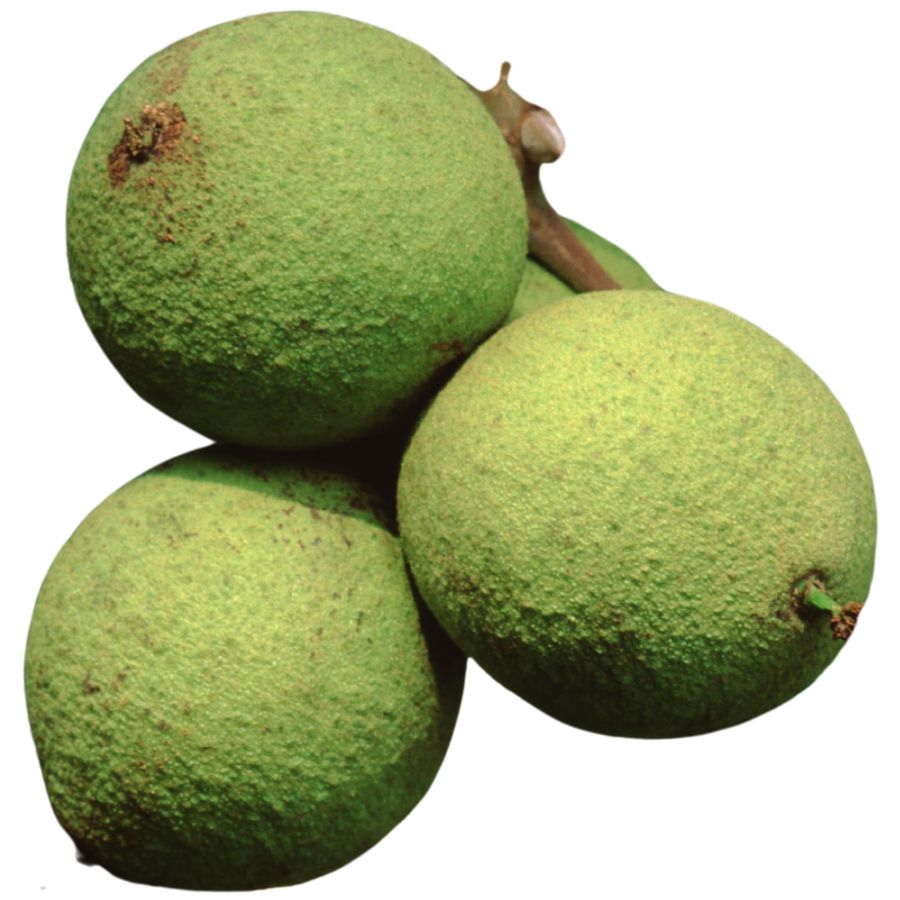
Spicy, earthy aroma distinguishes black walnut trees, which drop tennis ball-sized green fruits containing rich, oily nuts inside rock-hard shells. These impressive native trees can reach over 100 feet tall with compound leaves and distinctive dark, deeply furrowed bark.
Identifying these trees becomes easy by examining the chambered pith inside broken twigs. The green outer hull contains juglone, which stains hands dark brown but makes excellent natural dye.
Black walnuts command high prices because of their bold, distinctive flavor that far surpasses mild commercial English walnuts. The difficulty in processing these nuts mechanically keeps commercial production limited, making wild-harvested nuts particularly valuable for dedicated bakers seeking their incomparable taste.
Elderberry (Sambucus canadensis)
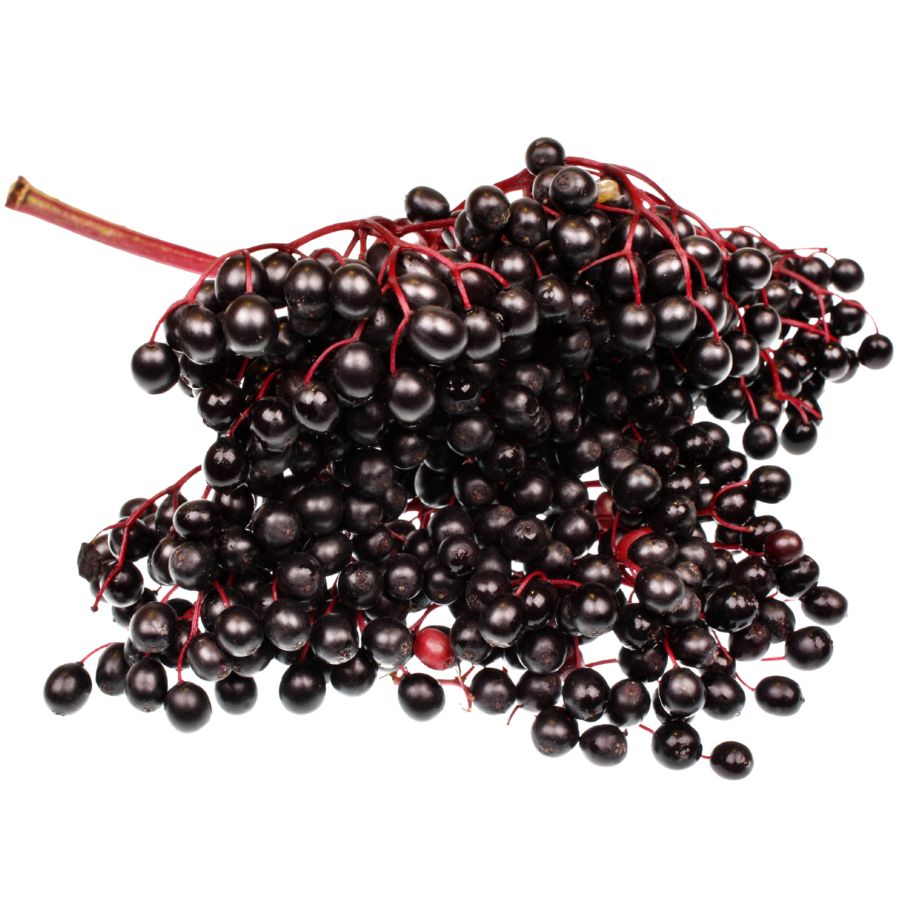
Tiny purple berries cluster in flat masses on elderberry shrubs, creating striking displays in moist areas throughout North America. These multi-stemmed plants feature opposite, compound leaves with 5-11 serrated leaflets and produce creamy white flower clusters before developing their fruit.
Only the ripe berries should be consumed after cooking, as raw elderberries contain compounds that cause nausea. Water hemlock, a deadly poisonous plant, sometimes grows nearby but has different leaf patterns and white fruits.
These berries have gained tremendous value for their immune-boosting properties, particularly their high vitamin C and antioxidant content. Scientific studies support traditional uses of elderberry for fighting colds and flu, making them prized ingredients for home remedies.
Groundnut (Apios americana)

Groundnut vines climb through shrubs with compound leaves and pea-like brownish-purple flowers. Underground, they form strings of nutty-sweet tubers that taste like a potato-chestnut hybrid.
The edible tubers can be harvested year-round but develop best flavor after frost. Look for distinctive pinnate leaves and bean-like seed pods hanging from the vines.
No dangerous lookalikes exist, though beginners might confuse the vine with other climbers. Native Americans relied on groundnuts as a survival food during lean times.
These protein-rich tubers contain three times more protein than potatoes. They should always be cooked before eating, as raw tubers contain compounds that cooking neutralizes.
Wild Grapes (Vitis spp.)
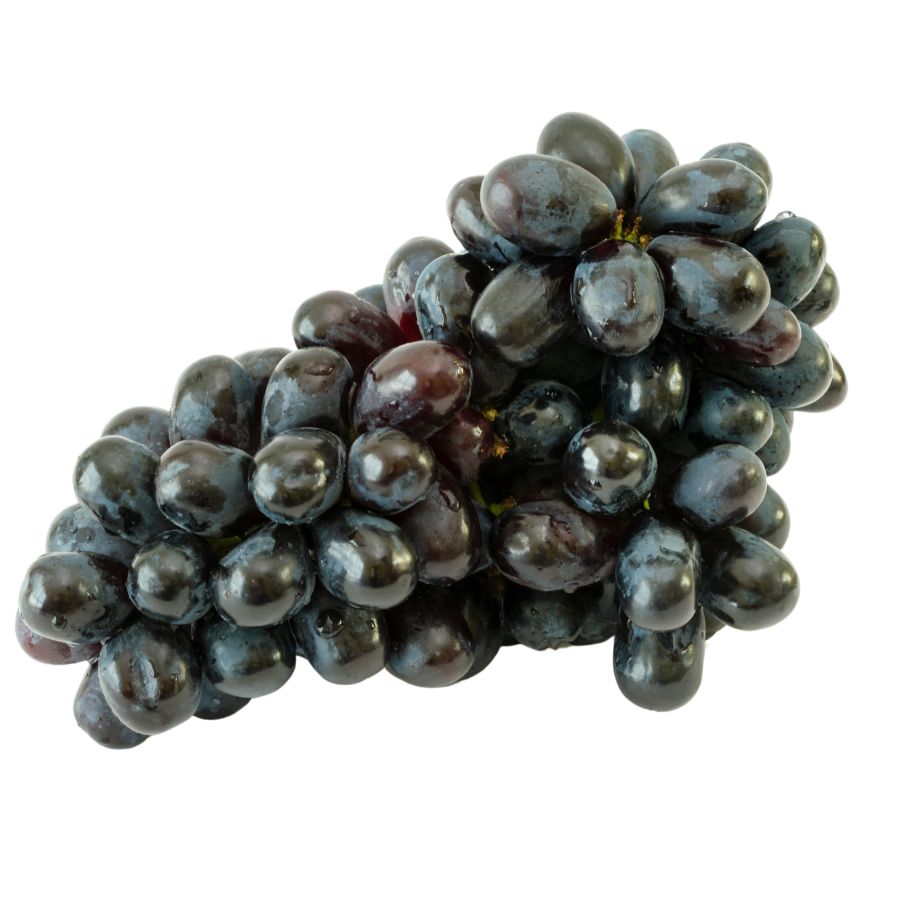
The tart, intensely flavored fruits of wild grapes hang in clusters, transforming from green to deep purple when ripe. Their vines feature distinctive lobed leaves with toothed edges and tendrils that help them climb trees and fences.
When identifying wild grapes, check for bark that peels in shaggy strips and tendrils growing opposite leaves. Beware of toxic Canada moonseed with its crescent-shaped seeds, unlike the pear-shaped seeds of true grapes.
Both young leaves and fruits have culinary uses in traditional recipes. The leaves can be stuffed or used as wraps.
Wild grapes contain high levels of resveratrol and antioxidants, making them nutritionally superior to cultivated varieties. Their distinctive flavor makes them sought-after for jellies, juices, and wines.
Autumn Olive (Elaeagnus umbellata)
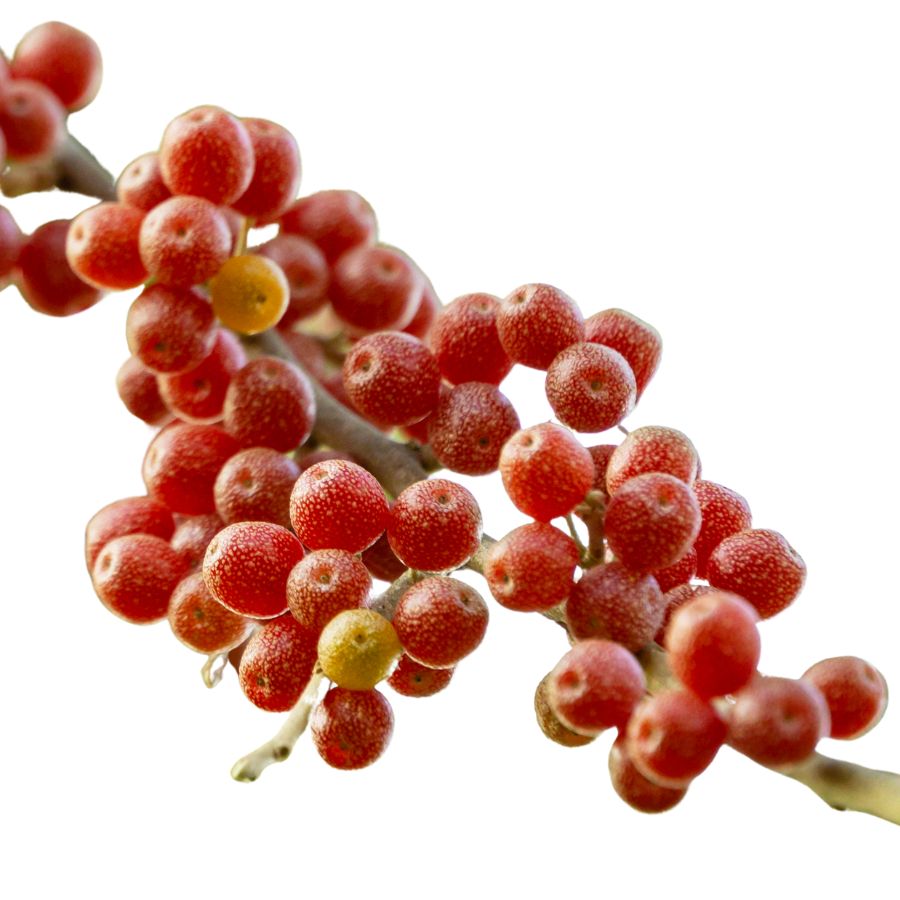
Autumn olive’s silvery-scaled leaves create a distinctive backdrop for the small red berries speckled with silver dots. These tart-sweet fruits combine apple, pomegranate, and cranberry notes that intensify after frost.
This invasive shrub grows up to 20 feet tall with oval leaves showing silvery undersides when flipped by wind. Harvesting the berries actually helps the environment by limiting seed dispersal.
The berries contain lycopene levels up to 17 times higher than tomatoes. Only the fruits are edible—avoid consuming leaves, bark, or other parts.
Commercial demand has grown as more people discover autumn olive berries’ nutritional benefits. They maintain vibrant color and flavor when preserved in jams, sauces, and baked goods.
Spicebush (Lindera benzoin)
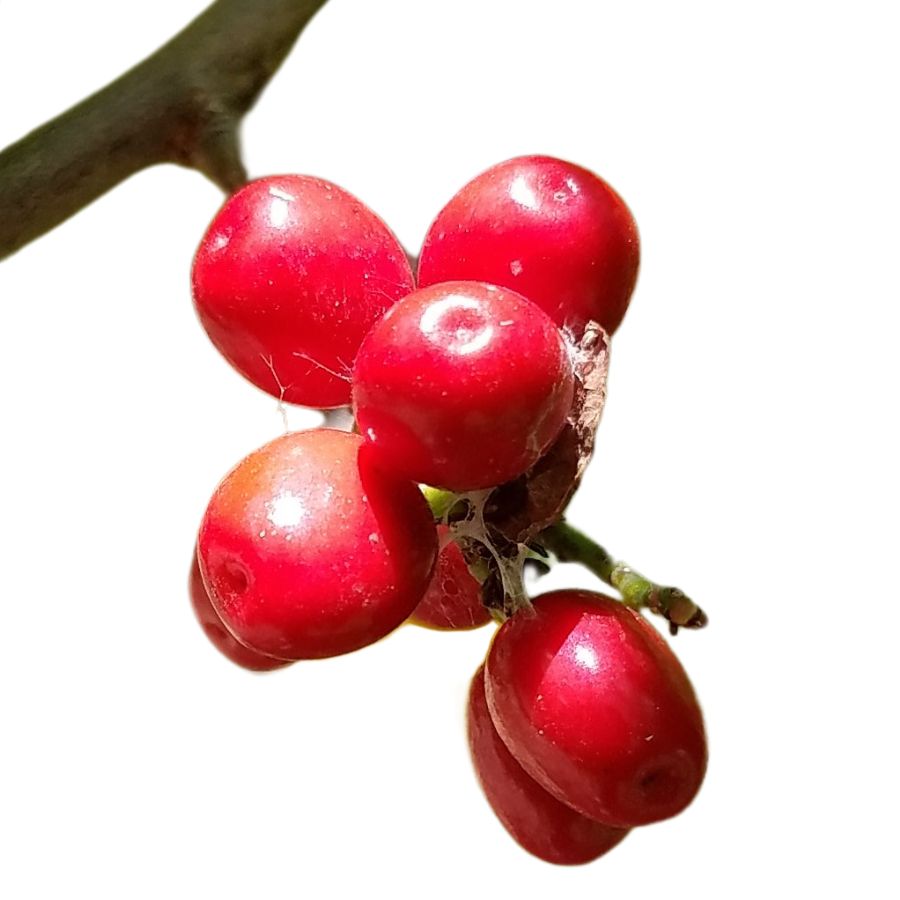
The aromatic leaves of spicebush release a citrusy scent when crushed, making this understory shrub easy to identify. Bright red berries follow the early spring yellow flowers, offering a complex flavor similar to allspice.
Indigenous peoples used spicebush as both medicine and spice, giving it the nickname “Appalachian allspice.” The berries provide the most intense flavor, though twigs and leaves can also be harvested.
This native shrub grows 6-12 feet tall in forest understories. No toxic lookalikes exist, but always verify by crushing a leaf to check for the distinctive fragrance.
Spicebush berries command premium prices from chefs seeking unique local flavors. They can be dried as a spice, steeped for tea, or used to flavor both sweet and savory dishes.
Jerusalem Artichoke (Helianthus tuberosus)
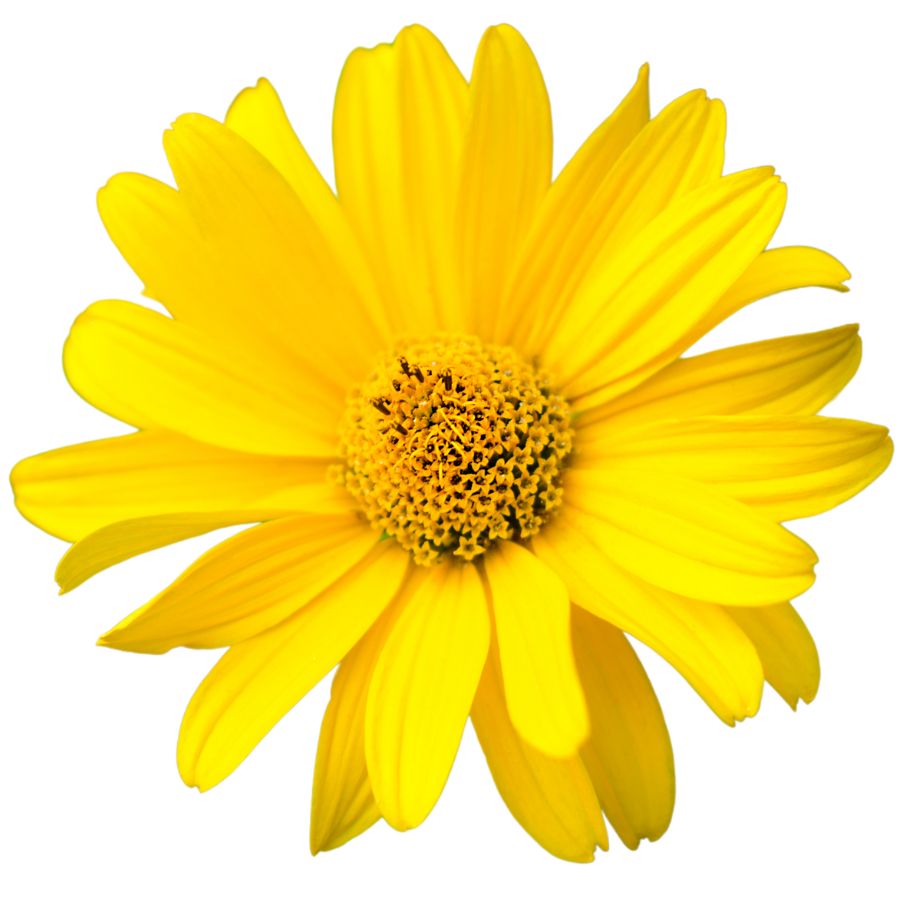
Jerusalem artichokes grow tall like sunflowers, reaching up to 10 feet with bright yellow blooms and rough, hairy leaves. The knobby, brown tubers hidden underground taste sweet and nutty with a crisp texture similar to water chestnuts when raw.
These native North American plants belong to the sunflower family. You can identify them by their opposite lower leaves and alternate upper leaves on thick, sturdy stems.
Only the tubers are edible, containing inulin that doesn’t spike blood sugar. This makes them valuable for diabetics and those watching their glycemic intake.
Many people experience gas when eating Jerusalem artichokes, so start with small amounts. The tubers can be eaten raw, roasted, or pureed into soups for their unique flavor.
Staghorn Sumac (Rhus typhina)
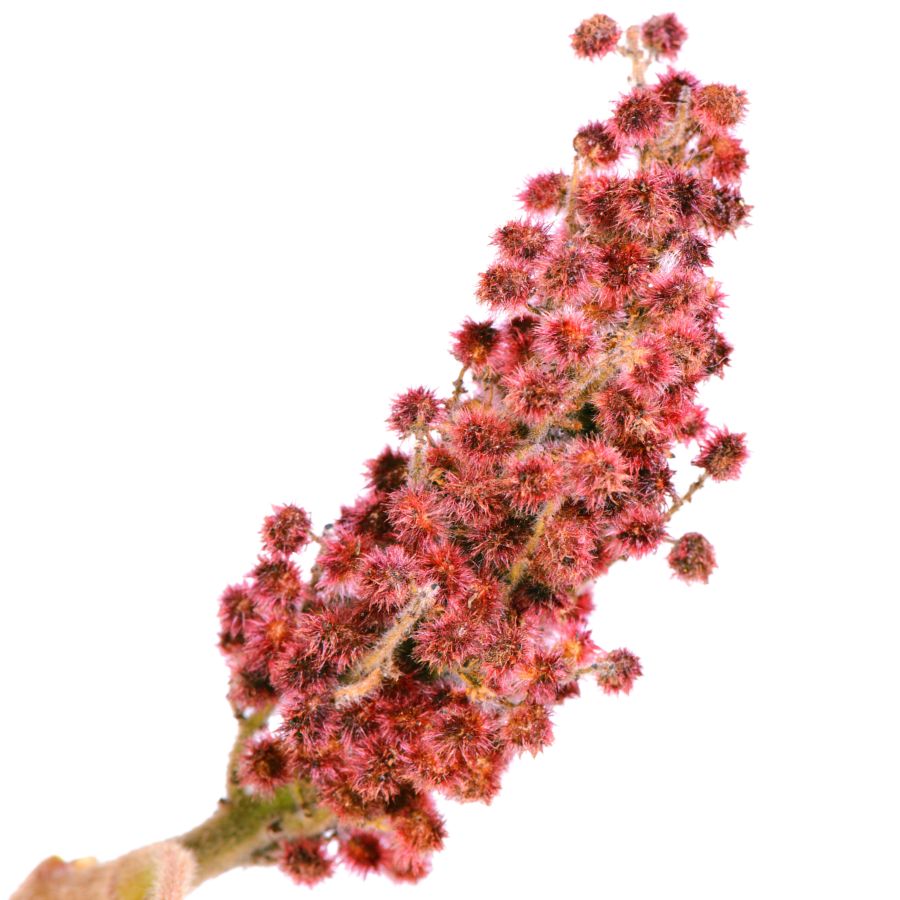
The fuzzy, red berry clusters of staghorn sumac stand tall at the ends of branches covered in velvety fuzz resembling deer antlers in velvet. These red clusters have a tangy, lemony flavor that makes a refreshing wild lemonade when soaked in cold water.
Native Americans used sumac as medicine for colds and sore throats. The berries contain high levels of vitamin C and antioxidants.
Identification focuses on the fuzzy stems and the compound leaves with toothed leaflets arranged opposite each other. It must not be confused with poison sumac, which has white berries and grows in wet areas.
The spice made from ground sumac berries features prominently in Middle Eastern cuisine, particularly in the spice mixture za’atar. Only harvest red berry clusters, avoiding green or black ones that have lost their flavor.
Wild Strawberry (Fragaria virginiana)
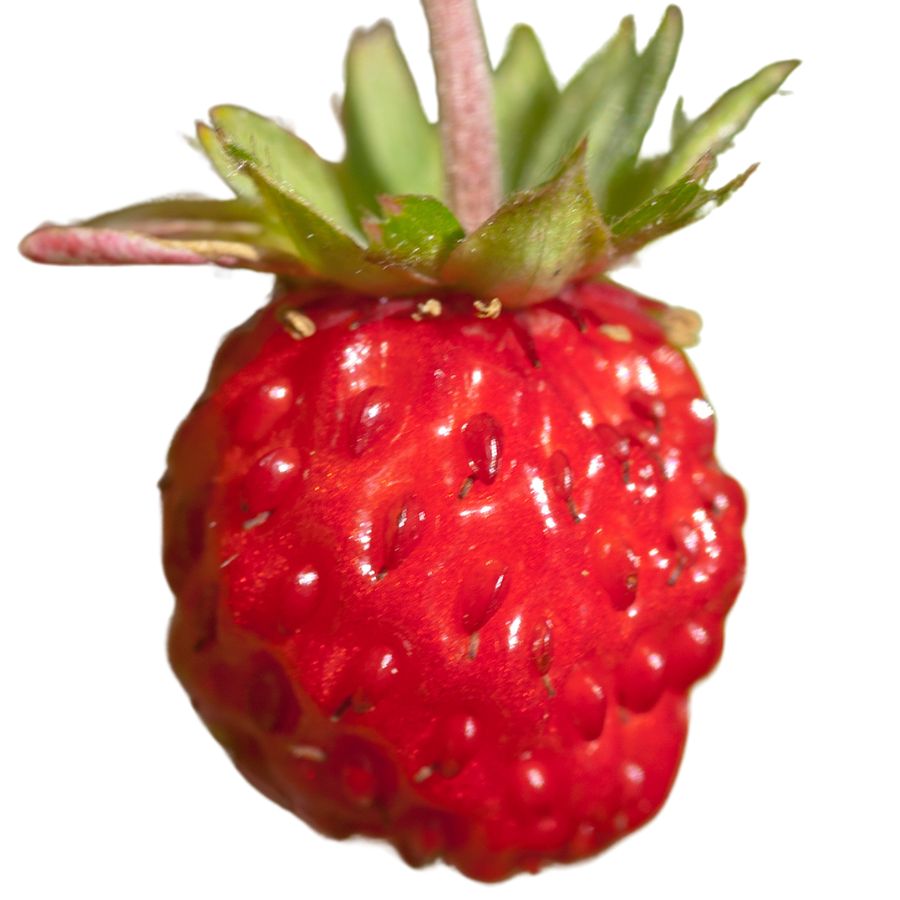
Wild strawberries carpet forest edges and meadows with their three-parted leaves and small white flowers that transform into tiny, intensely flavorful red berries. These fruits pack more fragrance and taste into their small size than any cultivated variety.
The plant grows low to the ground with runners spreading outward to create new plants. True wild strawberries have white petals and yellow centers, unlike mock strawberries with their yellow flowers and bland taste.
Restaurant chefs pay premium prices for these tiny flavor bombs that elevate desserts and salads. Unlike commercial varieties bred for size and shipping, wild strawberries optimize flavor above all else.
All parts of true wild strawberries are edible, though the leaves are typically used for tea. The berries contain more vitamin C by weight than oranges and provide anthocyanins that benefit heart health.
Where to Find Valuable Forageables in the State
Some parts of the state are better than others when it comes to finding valuable wild plants and mushrooms. Here are the different places where you’re most likely to have luck:
| Plant | Locations |
|---|---|
| Black Trumpet Mushroom (Craterellus fallax) | – Smith Mountain Lake wooded trails – Appomattox-Buckingham State Forest – Ragged Mountain Natural Area |
| Golden Chanterelle (Cantharellus cibarius) | – Shenandoah Valley foothills – Prince Edward-Gallion State Forest – Chickahominy Wildlife Management Area |
| Maitake (Grifola frondosa) | – Fairfax County regional forests – Natural Bridge area forests – Hungry Mother State Park perimeter |
| Morel Mushroom (Morchella spp.) | – Newport News Park trails – James River Park System, Richmond outskirts – SouthWest Virginia woodland near Abingdon |
| Wild Ramp (Allium tricoccum) | – Ragged Mountain Natural Area – Appomattox-Buckingham State Forest – York River State Park woodlands |
| Pawpaw (Asimina triloba) | – York River State Park woodlands – Back Bay Wildlife Management Area – Blue Ridge Parkway edges (non-federal) |
| American Hazelnut (Corylus americana) | – Prince Edward-Gallion State Forest – Natural Bridge area forests – Shenandoah Valley foothills |
| Black Walnut (Juglans nigra) | – Fairfax County regional forests – Newport News Park trails – Chickahominy Wildlife Management Area |
| Elderberry (Sambucus canadensis) | – SouthWest Virginia woodland near Abingdon – Ragged Mountain Natural Area – Back Bay Wildlife Management Area |
| Groundnut (Apios americana) | – James River Park System, Richmond outskirts – Scott County ridgelines – Smith Mountain Lake wooded trails |
| Wild Grapes (Vitis spp.) | – Hungry Mother State Park perimeter – Appomattox-Buckingham State Forest – Prince Edward-Gallion State Forest |
| Autumn Olive (Elaeagnus umbellata) | – Blue Ridge Parkway edges (non-federal) – Chickahominy Wildlife Management Area – Shenandoah Valley foothills |
| Spicebush (Lindera benzoin) | – Fairfax County regional forests – York River State Park woodlands – Ragged Mountain Natural Area |
| Jerusalem Artichoke (Helianthus tuberosus) | – SouthWest Virginia woodland near Abingdon – Back Bay Wildlife Management Area – James River Park System, Richmond outskirts |
| Staghorn Sumac (Rhus typhina) | – Newport News Park trails – Natural Bridge area forests – Shenandoah Valley foothills |
| Wild Strawberry (Fragaria virginiana) | – Hungry Mother State Park perimeter – Scott County ridgelines – Chickahominy Wildlife Management Area |
When to Forage for Maximum Value
Every valuable wild plant or mushroom has its season. Here’s a look at the best times for harvest:
| Plants | Valuable Parts | Best Harvest Season |
|---|---|---|
| Black Trumpet Mushroom (Craterellus fallax) | Fruiting bodies | July – September |
| Golden Chanterelle (Cantharellus cibarius) | Fruiting bodies | June – September |
| Maitake (Grifola frondosa) | Fruiting bodies | September – November |
| Morel Mushroom (Morchella spp.) | Fruiting bodies | March – May |
| Wild Ramp (Allium tricoccum) | Bulbs, young leaves | March – May (leaves), April – May (bulbs) |
| Pawpaw (Asimina triloba) | Ripe fruits | August – October |
| American Hazelnut (Corylus americana) | Nuts | August – September |
| Black Walnut (Juglans nigra) | Nuts | September – October |
| Elderberry (Sambucus canadensis) | Flowers, ripe berries | May – June (flowers), July – August (berries) |
| Groundnut (Apios americana) | Tubers | September – November |
| Wild Grapes (Vitis spp.) | Ripe fruits (grapes) | August – September |
| Autumn Olive (Elaeagnus umbellata) | Ripe berries | September – November |
| Spicebush (Lindera benzoin) | Berries, twigs (tea), leaves | August – October (berries), April – June (twigs, leaves) |
| Jerusalem Artichoke (Helianthus tuberosus) | Tubers | October – March |
| Staghorn Sumac (Rhus typhina) | Ripe fruit clusters (drupes) | July – September |
| Wild Strawberry (Fragaria virginiana) | Ripe berries, young leaves | May – June (berries), April – May (leaves) |
One Final Disclaimer
The information provided in this article is for general informational and educational purposes only. Foraging for wild plants and mushrooms involves inherent risks. Some wild plants and mushrooms are toxic and can be easily mistaken for edible varieties.
Before ingesting anything, it should be identified with 100% certainty as edible by someone qualified and experienced in mushroom and plant identification, such as a professional mycologist or an expert forager. Misidentification can lead to serious illness or death.
All mushrooms and plants have the potential to cause severe adverse reactions in certain individuals, even death. If you are consuming foraged items, it is crucial to cook them thoroughly and properly and only eat a small portion to test for personal tolerance. Some people may have allergies or sensitivities to specific mushrooms and plants, even if they are considered safe for others.
Foraged items should always be fully cooked with proper instructions to ensure they are safe to eat. Many wild mushrooms and plants contain toxins and compounds that can be harmful if ingested.

